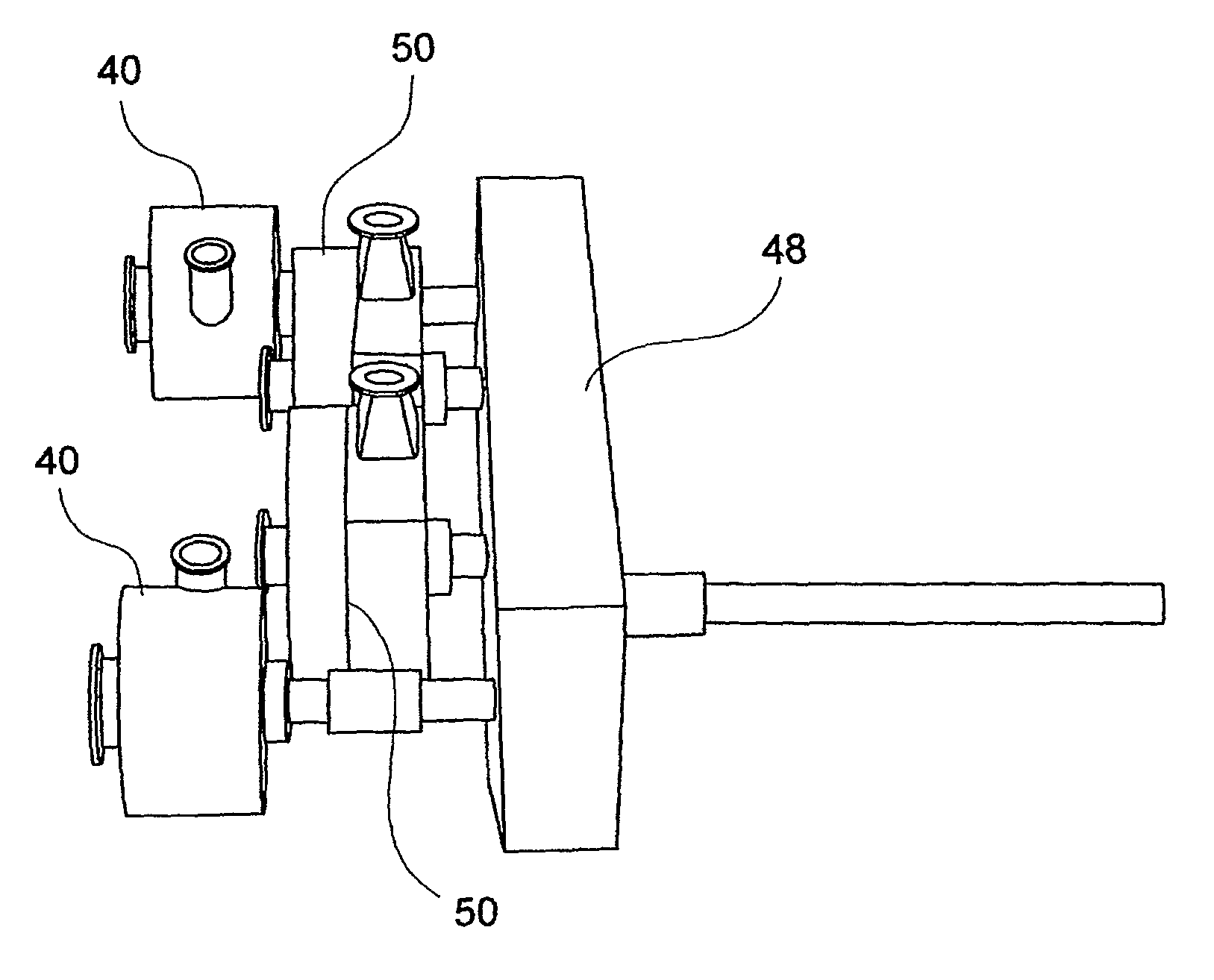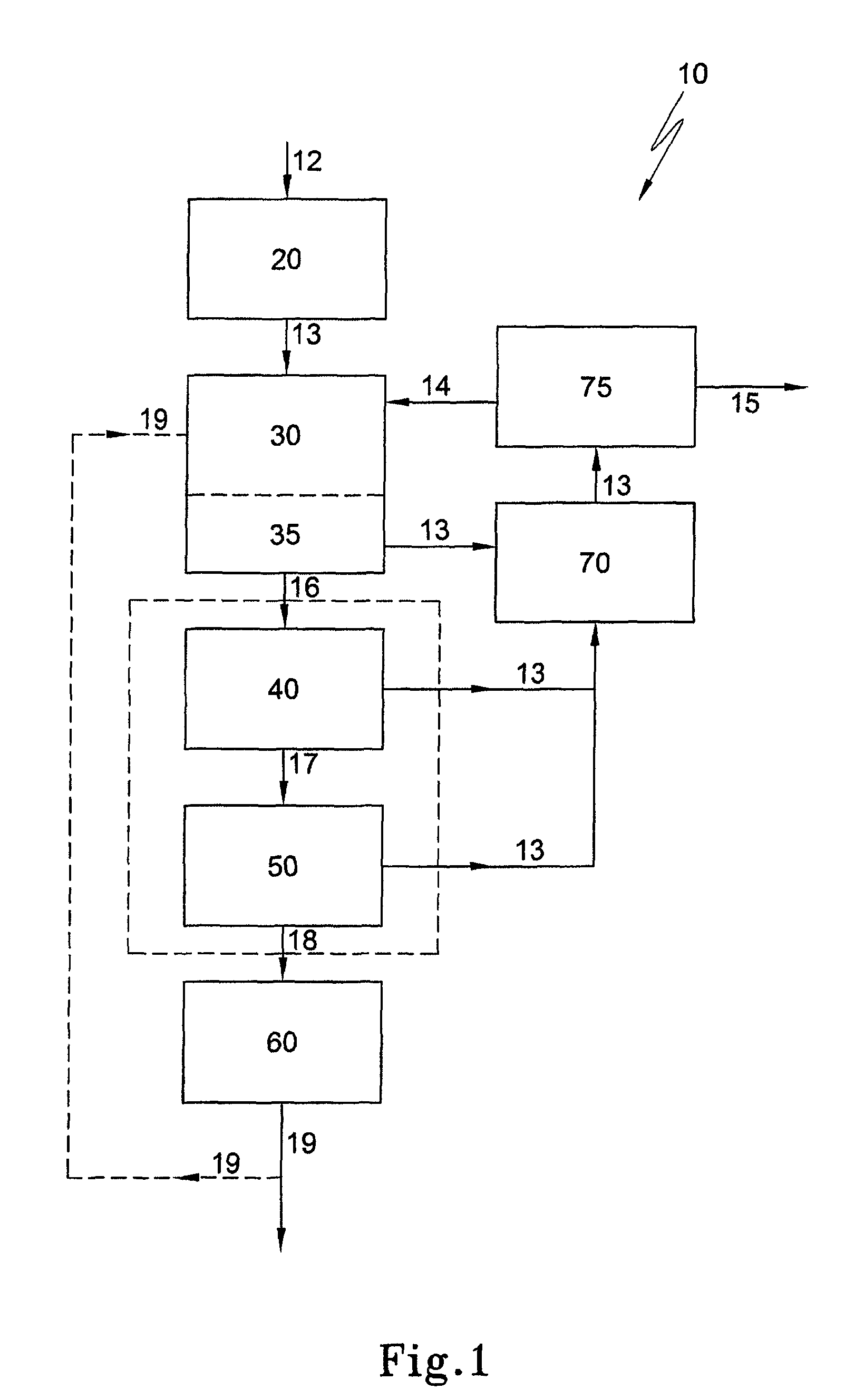Biomass processor
a biomass processor and process technology, applied in the field of biomass processors, can solve the problems of partial fixation of secondary plant substances, low efficiency of juice extraction from such crushing or squeezing methods, and loss as high as 50%, so as to facilitate the release of a large amount of juice, facilitate the release of all of juice, and facilitate at least partial juice release
- Summary
- Abstract
- Description
- Claims
- Application Information
AI Technical Summary
Benefits of technology
Problems solved by technology
Method used
Image
Examples
Embodiment Construction
[0056]Whilst the present invention will be described in relation to the processing of sugar cane into sugar containing juice, it will be appreciated that the present invention could be employed in relation to all crops containing sugars, such as sucrose, fructose and / or sucrose.
[0057]An embodiment of the general process 10 for extracting sugar containing juice from the sugar cane is shown in FIG. 1. The process will be described in relation to a biomass processing unit 2 such as that shown in FIG. 2, however it will be appreciated that the process, or various steps within the process, could be performed remotely from the processing unit 2 as needs arise.
[0058]As shown in FIG. 1, prior to under going the shredding stage 20, the raw fibre is cut into sections, known as billets 12, which are typically 20-30 cm in length. There are a variety of harvesting devices for performing this function, and most devices generally comprise a vehicle which travels along the rows of the crop and has ...
PUM
| Property | Measurement | Unit |
|---|---|---|
| length | aaaaa | aaaaa |
| length | aaaaa | aaaaa |
| length | aaaaa | aaaaa |
Abstract
Description
Claims
Application Information
 Login to View More
Login to View More - R&D
- Intellectual Property
- Life Sciences
- Materials
- Tech Scout
- Unparalleled Data Quality
- Higher Quality Content
- 60% Fewer Hallucinations
Browse by: Latest US Patents, China's latest patents, Technical Efficacy Thesaurus, Application Domain, Technology Topic, Popular Technical Reports.
© 2025 PatSnap. All rights reserved.Legal|Privacy policy|Modern Slavery Act Transparency Statement|Sitemap|About US| Contact US: help@patsnap.com



